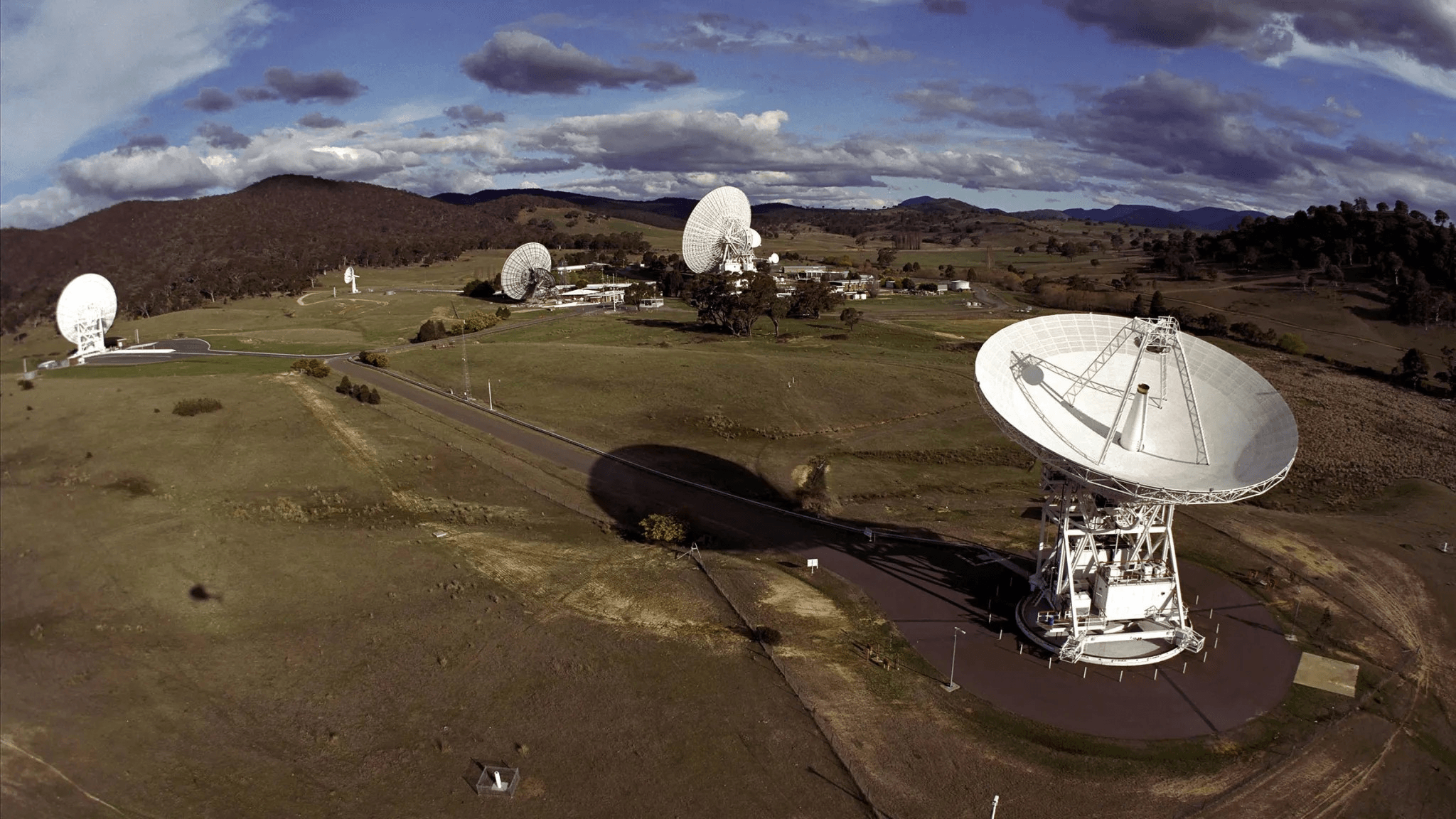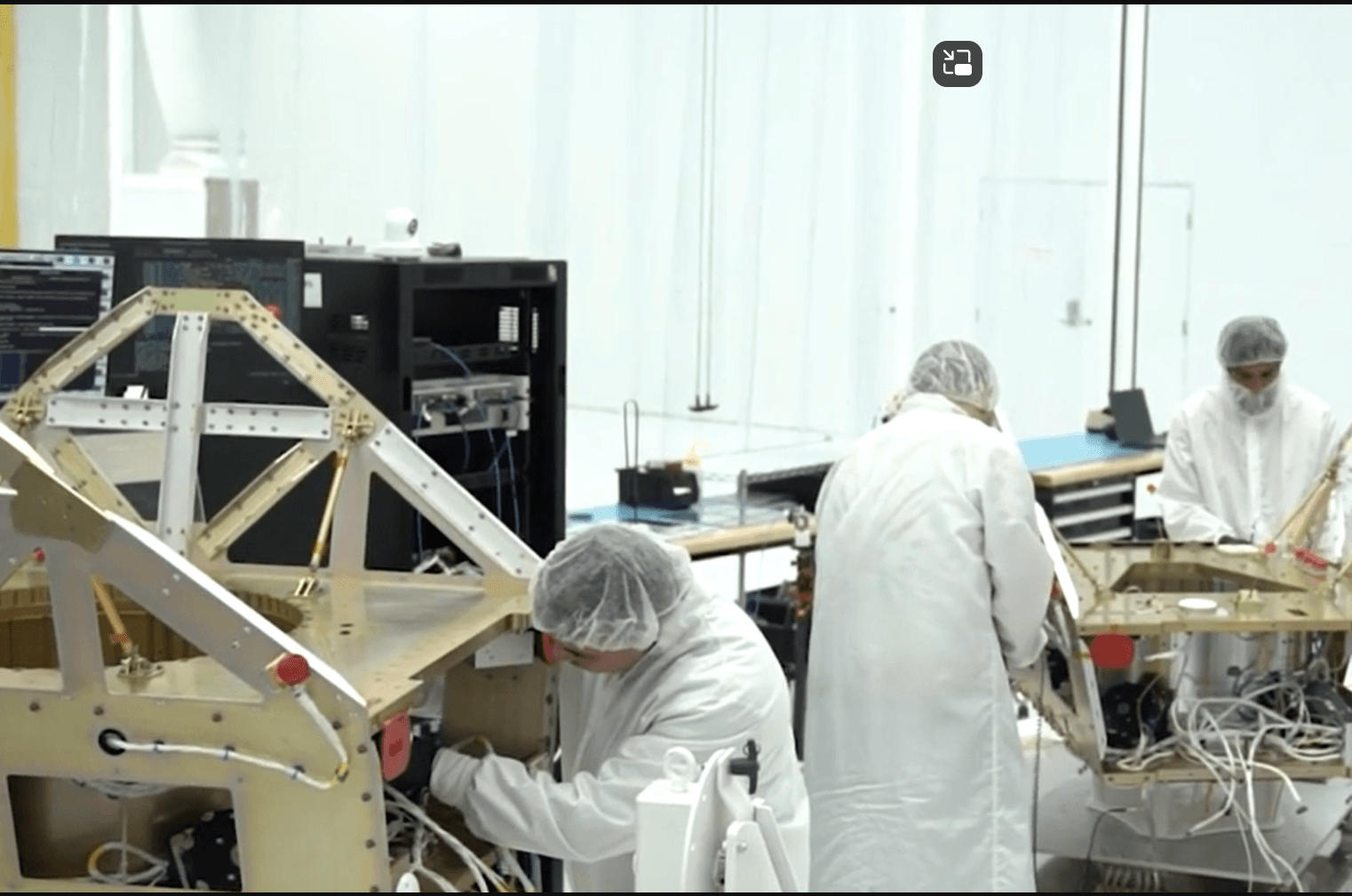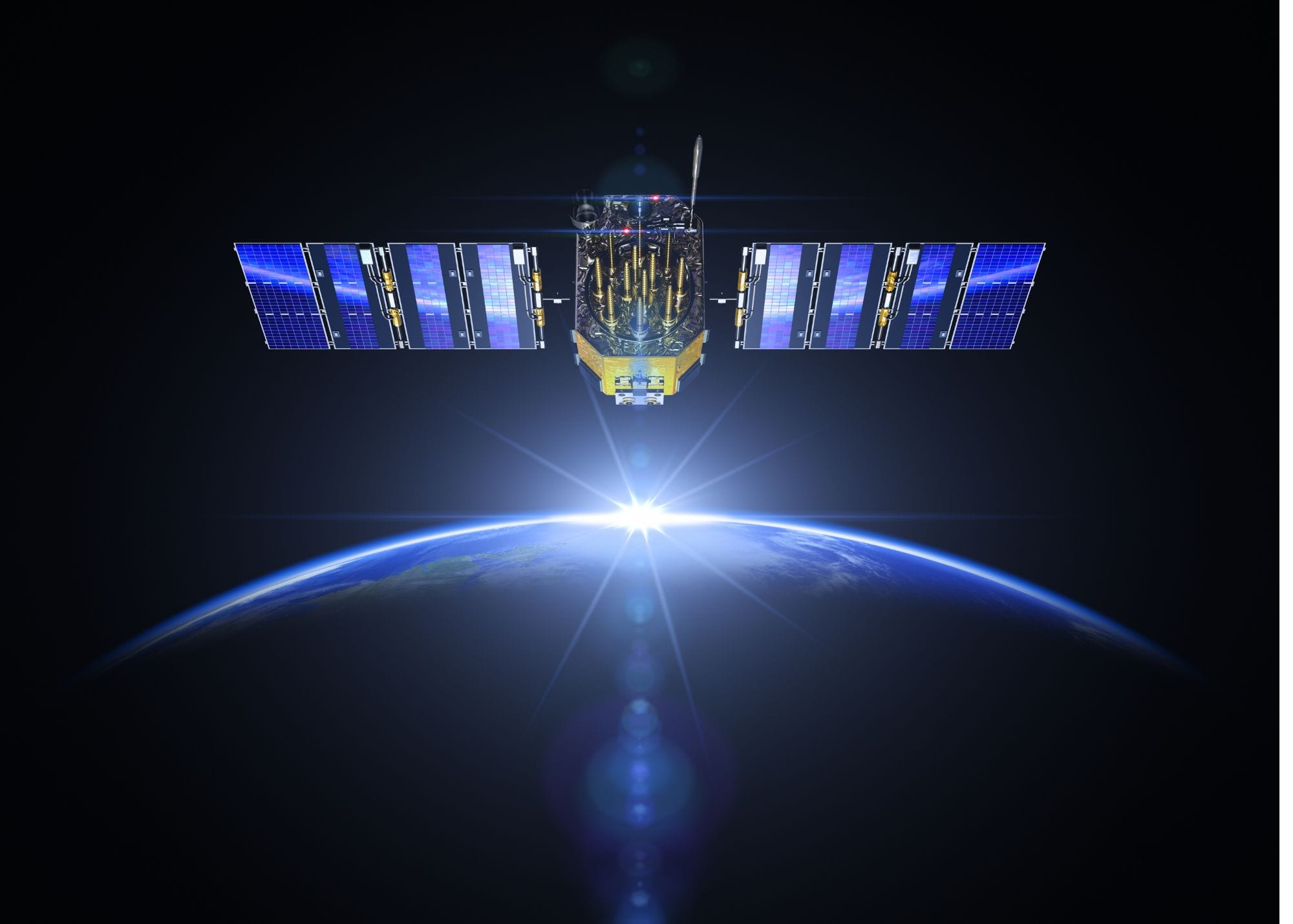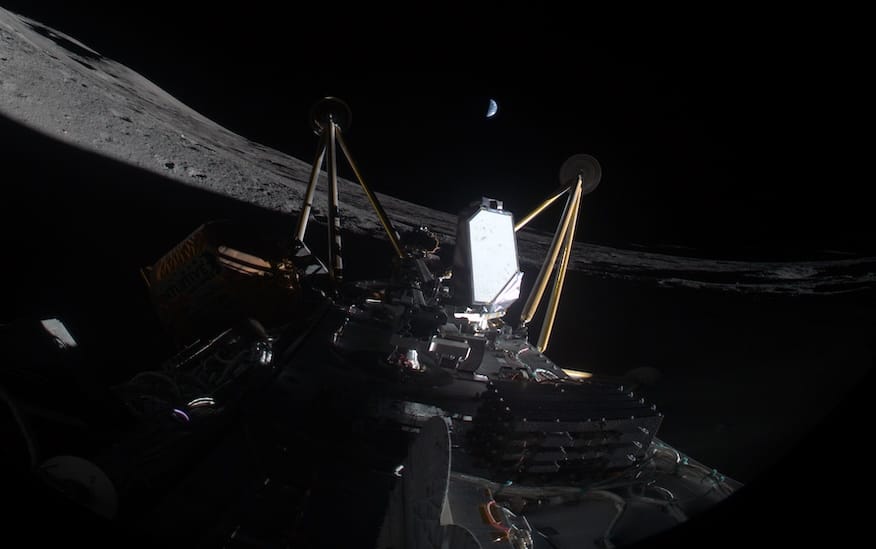In a recent address, U.S. Air Force Secretary Frank Kendall outlined an ambitious vision for the U.S. Space Force by 2050. He emphasized the necessity for a significantly expanded and technologically advanced Space Force to maintain U.S. superiority in the increasingly contested space domain. Kendall’s projections highlight the critical role of space in future military operations and the imperative to counter advancements by adversaries such as China and Russia.
Table of Contents
ToggleCurrent State of the Space Force
Established on December 20, 2019, the U.S. Space Force is the newest branch of the U.S. armed services, tasked with organizing, training, and equipping personnel to protect U.S. and allied interests in space. Its current capabilities include space launch operations, satellite operations, surveillance of the space environment, satellite defense, and some missile defense functions.
Recent developments underscore the Space Force’s commitment to enhancing its operational readiness and technological prowess. For instance, the activation of the first cyber range squadron under Space Delta 11 marks a critical milestone in advancing the Space Force’s ability to test, train, and prepare for cyber threats in the contested space domain.

Predicted Transformations by 2050
Expansion of Personnel and Capabilities
Secretary Kendall envisions a Space Force that is “much, much bigger” by 2050, necessitating substantial growth in both personnel and capabilities to effectively counter threats from adversaries like China.
Integration of Advanced Technologies
Kendall emphasizes the pivotal role of advanced technologies, particularly artificial intelligence (AI) and autonomous systems, in future military operations. He asserts that the side with superior AI capabilities is likely to prevail in future conflicts, highlighting the need for the Space Force to integrate these technologies to enhance operational efficiency and decision-making.
Strategic Focus
The strategic emphasis is on countering advancements by adversaries in the space domain. Kendall warns that by 2050, space will be recognized as the decisive domain for almost all military operations, necessitating a transformation of the Space Force to maintain U.S. superiority and effectively counter threats from nations like China and Russia.
Challenges and Considerations
As the U.S. Space Force (USSF) charts its course toward 2050, several challenges and considerations emerge that could impact its growth and effectiveness:
- Resource Allocation: Significant expansion in personnel and capabilities will require substantial funding. Balancing these needs against other defense priorities poses a fiscal challenge. Secretary Kendall has emphasized the necessity for increased resources to ensure competitiveness by 2050.
- Technological Evolution: Rapid advancements in space technologies necessitate continuous innovation. Integrating cutting-edge technologies, such as artificial intelligence and autonomous systems, is essential to maintain superiority. Kendall underscores the importance of these technologies in future military operations.
- International Collaboration and Competition: While partnerships with allies are crucial, the USSF must also navigate the complexities of space competition, particularly with nations like China and Russia. Developing strategies to counter potential adversaries’ advancements is imperative. Kendall warns that by 2050, space will be recognized as the decisive domain for military operations, necessitating substantial improvements in how forces are equipped, trained, and operated.
- Policy and Legal Frameworks: The expansion of military activities in space raises questions about existing treaties and international laws. Establishing clear policies that govern space operations while ensuring compliance with international norms is essential. The Department of the Air Force acknowledges the uncertainty about future events and technologies over the next 25 years, highlighting the need for adaptable policies.
Conclusion
Secretary Frank Kendall’s vision for the U.S. Space Force by 2050 outlines a trajectory of significant growth and transformation. By addressing challenges related to resource allocation, technological integration, international dynamics, and policy development, the USSF aims to secure its position as a dominant force in the space domain. The envisioned advancements underscore the critical importance of space in national security and the necessity for a proactive approach to emerging threats and opportunities.












